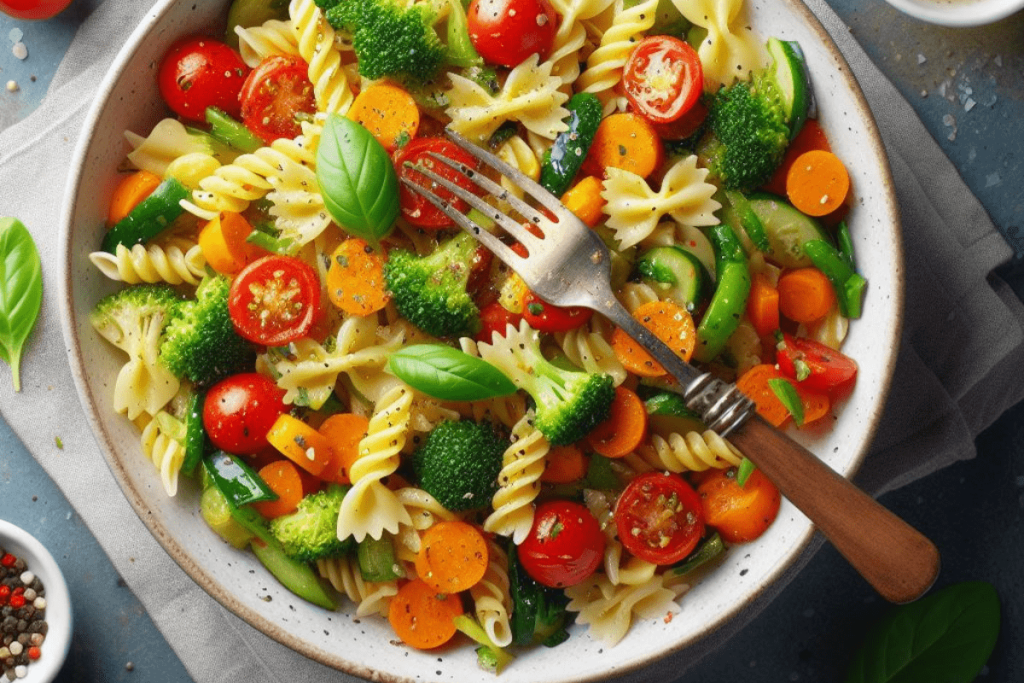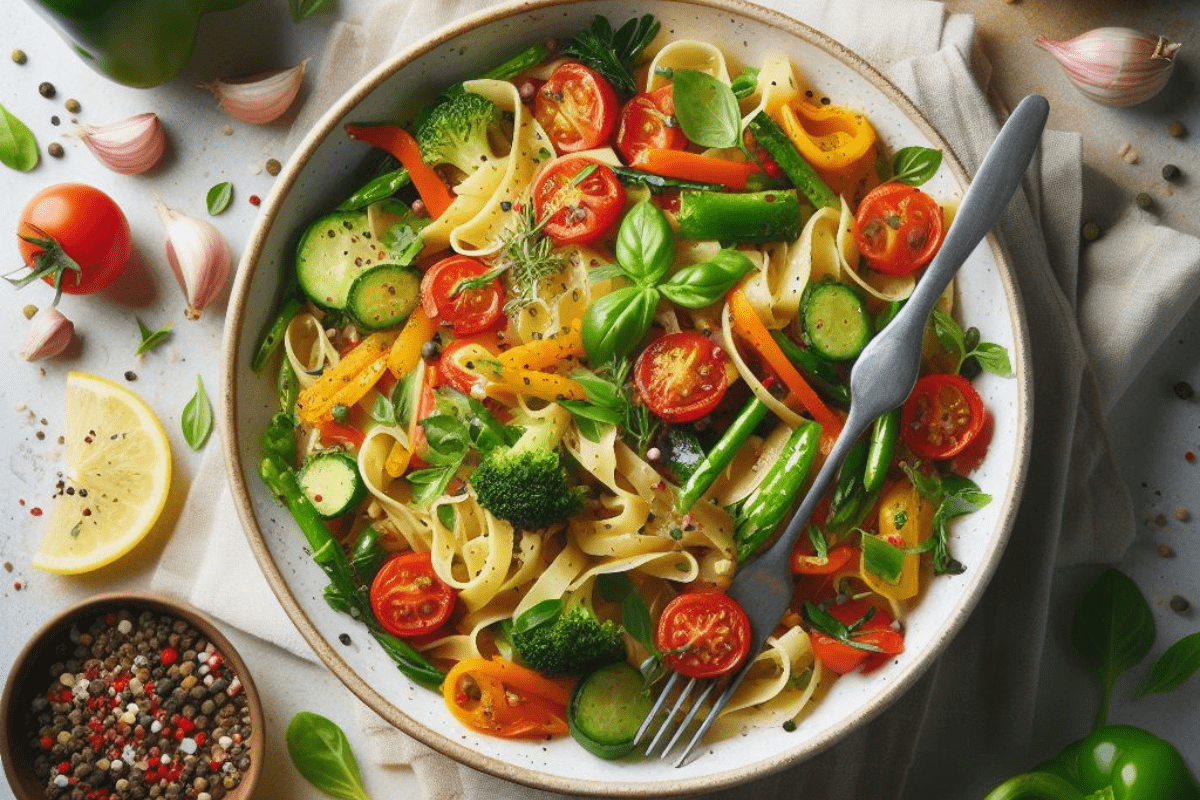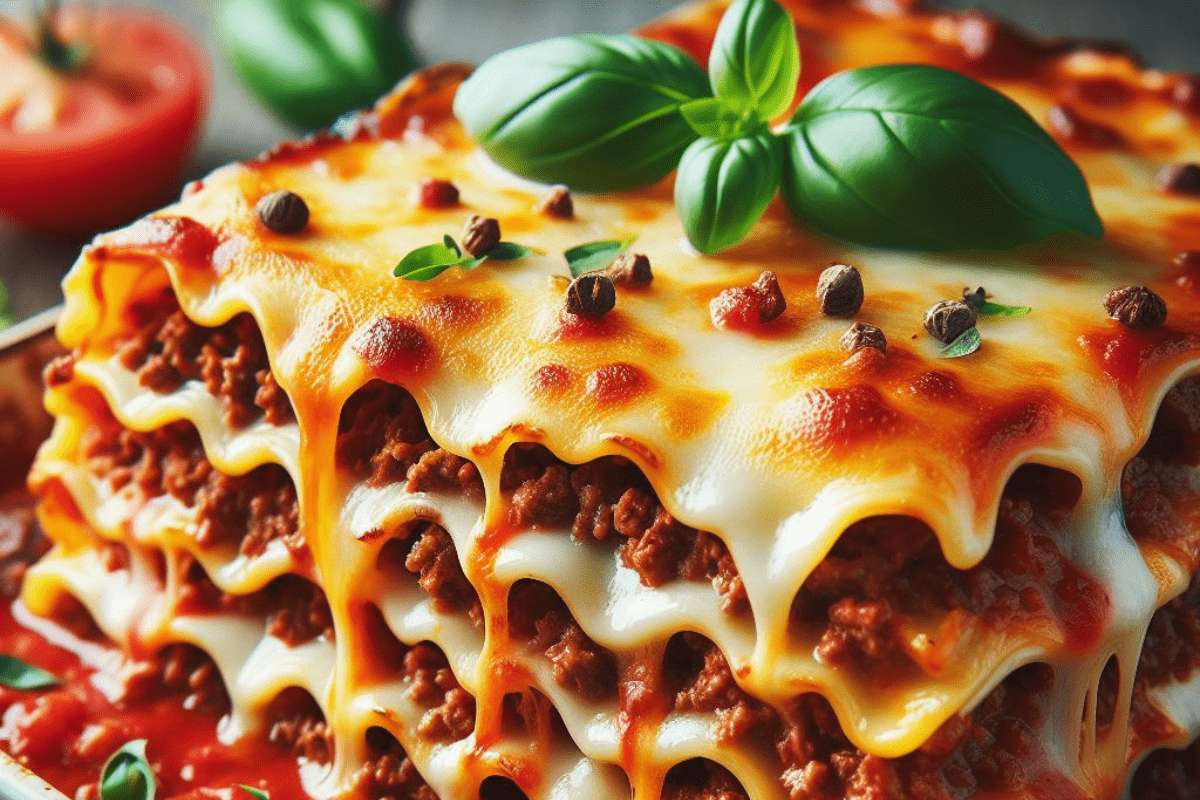Pasta is one of the most popular and versatile dishes in the world. It can be enjoyed in many different ways, from simple sauces to elaborate fillings. But how do you make pasta that is truly delicious and satisfying? How do you achieve the perfect balance of texture, flavor, and nutrition? In this article, we will show you how to master the art of pasta perfection, with some tips and tricks from the experts. Whether you are a beginner or a seasoned cook, you will learn how to savor the simplicity of pasta and impress your guests with your skills.
What is Pasta Perfection?
Pasta perfection is not a fixed standard, but rather a personal preference. However, there are some general guidelines that can help you achieve the best results. Pasta perfection means:
- Cooking the pasta al dente, which means “to the tooth” in Italian. This means that the pasta is cooked until it is firm but not hard, with a slight bite and chewiness. Al dente pasta is more flavorful, easier to digest, and less likely to stick together.
- Choosing the right shape and size of pasta for your sauce. Different types of pasta have different characteristics, such as surface area, thickness, and ridges. These affect how well the pasta absorbs and holds the sauce. For example, long and thin pasta, such as spaghetti or linguine, are best suited for light and smooth sauces, such as olive oil or tomato. Short and thick pasta, such as penne or rigatoni, are ideal for thick and chunky sauces, such as meat or cheese. Shaped and filled pasta, such as ravioli or tortellini, are delicious with simple and creamy sauces, such as butter or cream.
- Seasoning the pasta water with salt. Salt enhances the flavor of the pasta and helps it cook evenly. The water should taste like the sea, which means about 1 tablespoon of salt per 4 quarts of water. Do not add oil to the water, as this will prevent the sauce from sticking to the pasta.
- Saving some of the pasta water for the sauce. The starchy water that the pasta is cooked in can help thicken and emulsify the sauce, creating a silky and smooth texture. You can add a few tablespoons of the pasta water to the sauce as you toss it with the pasta, adjusting the consistency as you like.

How to Make Pasta Perfection
Making pasta perfection is not difficult, but it requires some attention and timing. Here are the basic steps to follow:
- Bring a large pot of salted water to a boil over high heat. Use enough water to cover the pasta by at least 2 inches, and use a pot that is big enough to prevent the pasta from sticking together.
- Add the pasta to the boiling water and stir occasionally to prevent clumping. Follow the package directions for the cooking time, but start checking the pasta a few minutes before the suggested time. Taste a piece of pasta and see if it is al dente. If not, continue cooking and checking until it is done.
- Drain the pasta in a colander, reserving some of the pasta water for the sauce. Do not rinse the pasta, as this will wash away the starch and flavor. Return the pasta to the pot and keep it warm over low heat.
- Prepare the sauce of your choice in a separate pan over medium-high heat. You can use a store-bought sauce or make your own from scratch. Some of the most popular sauces for pasta are:
- Tomato sauce: A classic and simple sauce made with tomatoes, garlic, olive oil, salt, pepper, and basil. You can add other ingredients, such as onion, carrot, celery, oregano, or red pepper flakes, for more flavor and texture.
- Alfredo sauce: A rich and creamy sauce made with butter, cream, Parmesan cheese, salt, pepper, and nutmeg. You can add other ingredients, such as chicken, shrimp, broccoli, or spinach, for more protein and color.
- Pesto sauce: A fresh and aromatic sauce made with basil, garlic, pine nuts, olive oil, Parmesan cheese, salt, and pepper. You can use other herbs, such as parsley, cilantro, or mint, for a different twist. You can also use other nuts, such as walnuts, almonds, or pistachios, for a different crunch.
- Carbonara sauce: A decadent and savory sauce made with eggs, bacon, cheese, salt, and pepper. You can use other cured meats, such as pancetta, ham, or prosciutto, for a different flavor. You can also use other cheeses, such as Pecorino Romano, Gruyere, or Cheddar, for a different melt.
- Add the pasta to the sauce and toss to combine. You can use tongs, a fork, or a spoon to mix the pasta and the sauce. Add some of the reserved pasta water to adjust the consistency and creaminess of the sauce. You can also add more salt, pepper, cheese, or herbs to adjust the seasoning and garnish of the dish.
The History of Pasta Perfection
Pasta is one of the oldest and most universal foods in the world. It has a long and fascinating history that spans across different cultures, regions, and times. Here are some of the highlights of the history of pasta perfection:
- The origin of pasta is still a matter of debate, but some of the earliest evidence of pasta-like dishes can be traced back to ancient China, Greece, and Rome. In China, noodles were made from rice, millet, or wheat flour and water, and were cooked in boiling water or broth. In Greece, laganon was a flat sheet of dough that was cut into strips and baked or fried. In Rome, lagana was a similar dish that was boiled and served with sauce or cheese.
- The word pasta comes from the Latin word pasta, which means “dough, pastry cake, or paste”. The word pasta was first used in Italy in the 13th century, and referred to any kind of dough that was shaped and cooked in water. The word pasta also gave rise to other words, such as pasticcio, pastina, pasticcini, and pastiera, which are different types of pasta dishes or desserts.
- The invention of the pasta machine in the 15th century revolutionized the production and consumption of pasta. The pasta machine allowed for the creation of different shapes and sizes of pasta, such as spaghetti, macaroni, fusilli, and farfalle. The pasta machine also made pasta more affordable and accessible to the masses, as it reduced the labor and time required to make pasta by hand.
- The introduction of the tomato to Europe in the 16th century changed the way pasta was eaten and enjoyed. The tomato, which originated from South America, was initially considered poisonous and ornamental by the Europeans. However, the Italians soon discovered the culinary potential of the tomato, and started to use it as a base for sauces and soups. The combination of pasta and tomato sauce became a staple of Italian cuisine, and spread to other parts of the world.
- The popularity of pasta reached new heights in the 19th and 20th centuries, thanks to the mass migration of Italians to other countries, especially the United States. The Italian immigrants brought with them their culinary traditions and recipes, and adapted them to the local ingredients and tastes. Pasta became a symbol of Italian-American identity and culture, and influenced the development of other cuisines, such as Cajun, Creole, and Tex-Mex.
Two Sides for Pasta Perfection
Pasta is a satisfying and complete meal on its own, but it can also be paired with other dishes to create a more balanced and varied menu. Here are two sides that go well with pasta perfection:
- Salad: A fresh and crisp salad is a great way to add some color and crunch to your pasta dish. You can use any kind of greens, such as lettuce, spinach, arugula, or kale, and add other ingredients, such as tomatoes, cucumbers, carrots, olives, cheese, nuts, or fruits, for more flavor and texture. You can also dress your salad with a simple vinaigrette, made with olive oil, vinegar, salt, pepper, and herbs, or a creamy dressing, made with mayonnaise, yogurt, sour cream, or cheese.
- Bread: A warm and soft bread is a perfect accompaniment to your pasta dish. You can use any kind of bread, such as baguette, ciabatta, focaccia, or garlic bread, and serve it plain or with butter, cheese, or dips. You can also make your own bread, using flour, yeast, water, salt, and oil, and adding other ingredients, such as cheese, garlic, herbs, or seeds, for more flavor and texture.
Conclusion
Pasta is a delicious and versatile dish that can be enjoyed in many different ways. By following some simple tips and tricks, you can master the art of pasta perfection, and savor the simplicity of this classic dish. You can also experiment with different types of pasta, sauces, and sides, and create your own pasta perfection. We hope you enjoyed this article, and we would love to hear your feedback and suggestions. Please leave a comment below, and share your pasta perfection with us. Bon appetit!



